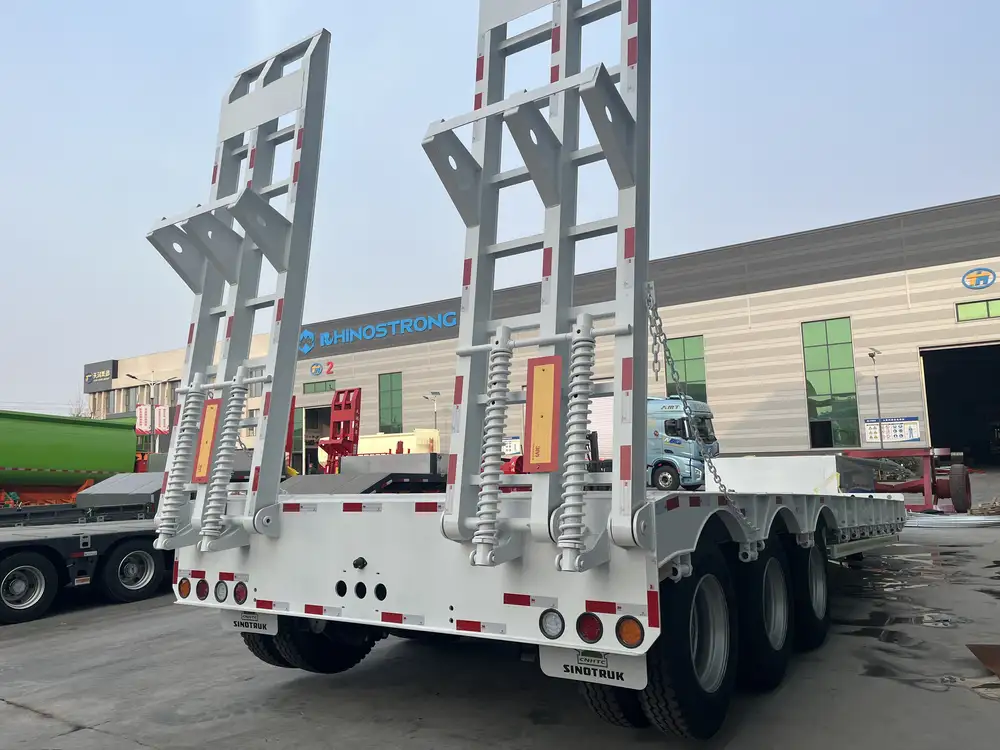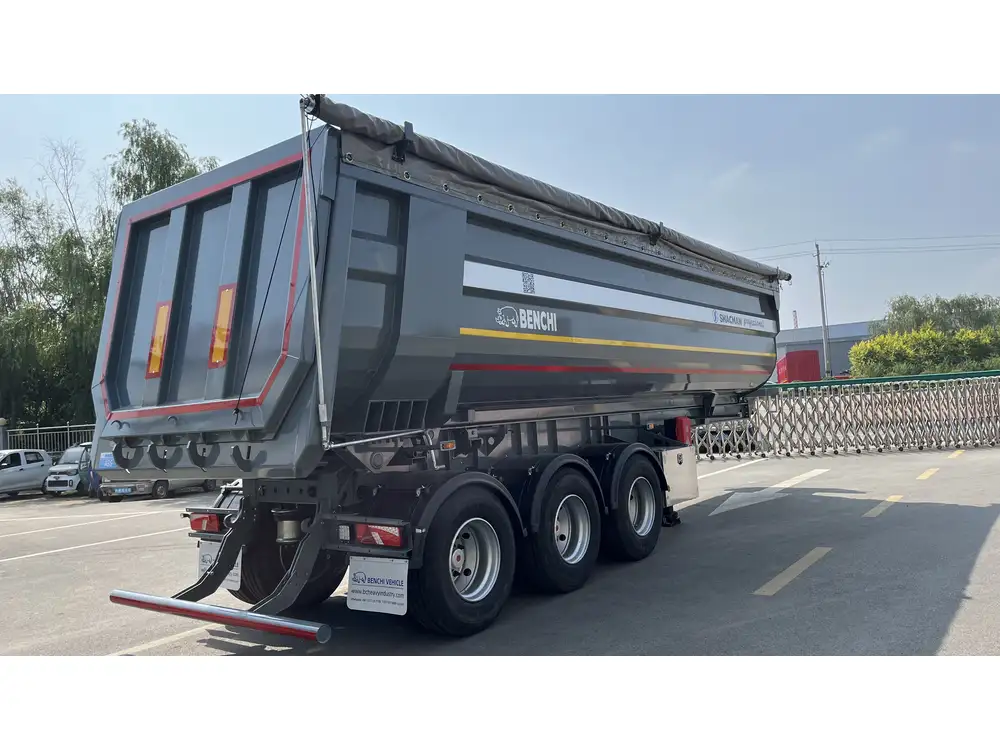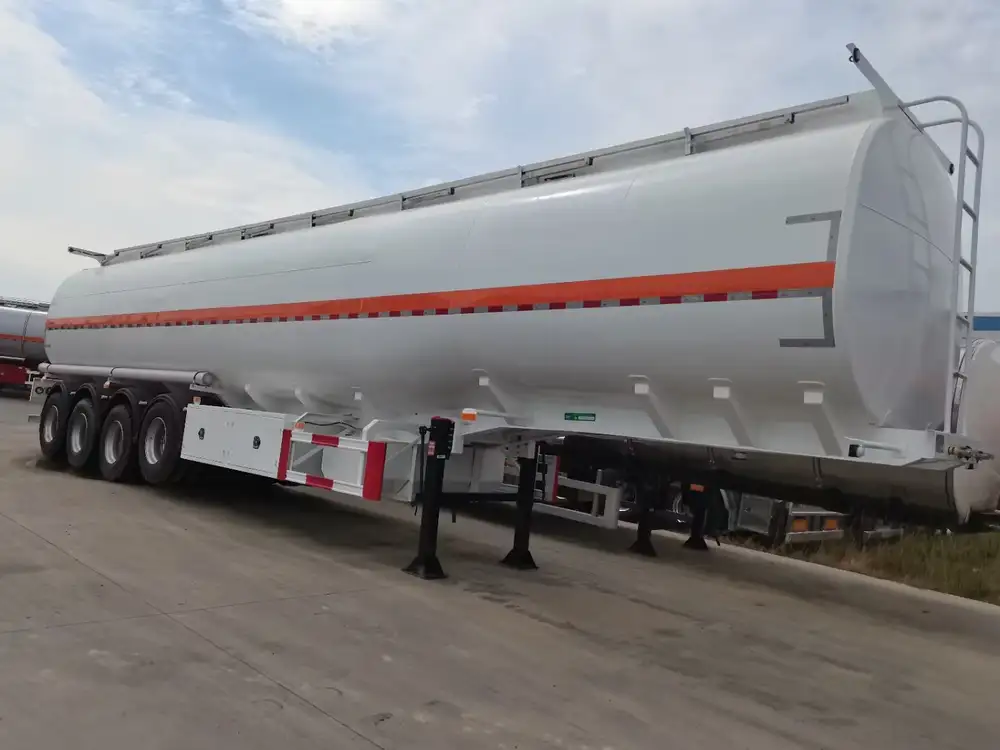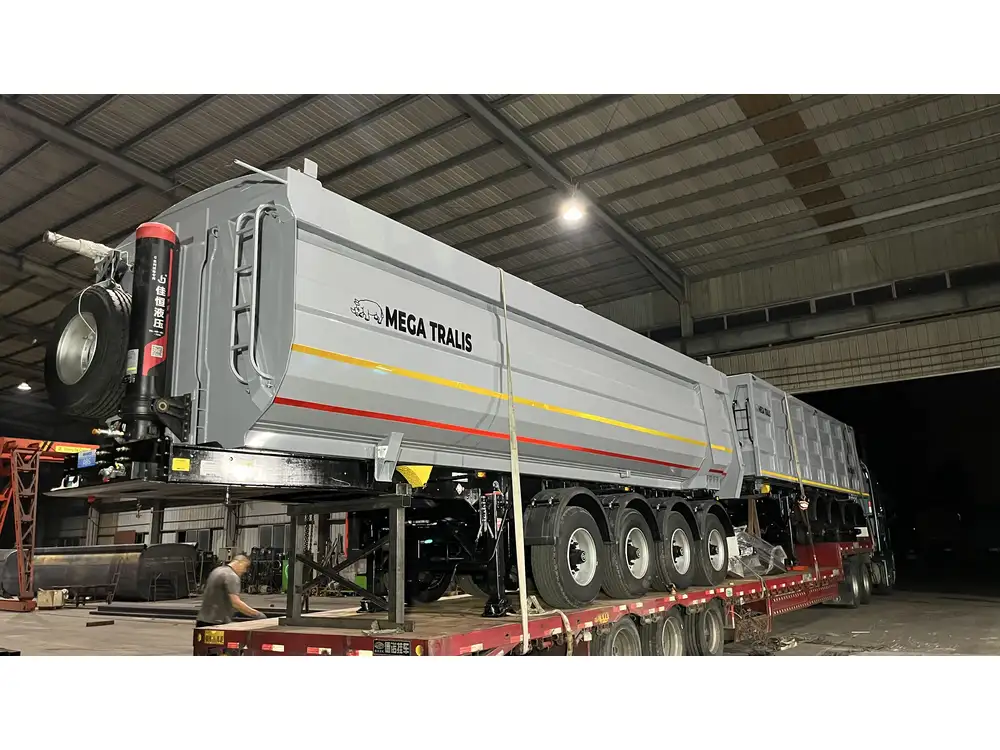Stacking hay on a flatbed trailer is an art form that requires consideration, technique, and strategy. In the agricultural industry, efficiency and safety are paramount. To ensure that your hay arrives at its destination securely—whether it be for livestock feed or market purposes—following best practices when loading and stacking on a flatbed trailer is essential. This guide elucidates the necessary steps, techniques, and tips for effectively stacking hay on a flatbed trailer.
Understanding Flatbed Trailers
Types of Flatbed Trailers
| Type | Description |
|---|---|
| Standard Flatbed | The most common type, featuring a flat, level surface for easy loading. |
| Drop Deck Trailer | Lowered deck for transporting taller items, offering better stability. |
| Gooseneck Trailer | A type of trailer that connects to a towing vehicle via a gooseneck hitch; excellent for maneuverability. |
| Lowboy Trailer | Designed for transporting heavy loads with low clearance; beneficial for high-profile cargo. |

Benefits of Flatbed Trailers for Hay Transport
- Versatile Loading: Open design allows for rapid loading and unloading.
- Accessibility: Eases the process of transporting large bales, particularly in remote areas.
- Stability: Greater stability with heavier loads due to a lower center of gravity.
Optimal Hay Stacking Techniques
Selecting the Right Equipment
Before embarking on the stacking process, ensure you have the right tools at your disposal. These may include:
- Forklift or Hay Elevator: To elevate bales onto the trailer.
- Straps and Tie-Downs: Essential for securing the load during transport.
- Gloves: For hand protection while handling hay bales.

Preparing the Flatbed Trailer
- Clean the Trailer: Remove any debris that could affect stability.
- Inspect the Trailer: Ensure that the trailer is in good condition, checking the flooring and side rails for damage.
- Plan the Stack Layout: Visualize how many bales can be safely stacked, considering weight distribution and height.
Stacking Techniques: Layering for Success
In the world of hay transport, layering is crucial. A well-conceived layering strategy not only prevents spills during transit but also maximizes space.
The Pyramid Method
- Base Layer: Arrange a solid first layer of bales directly on the trailer bed.
- Cross-stacking: For the second layer, create a cross-pattern over your first layer. This adds stability and weight distribution.
- Pyramid Style: Continue this pattern, each subsequent layer being slightly smaller until reaching the desired height.

The Bracing Technique
- Utilize wooden pallets or similar bracing materials between layers, providing added stability.
- Ensure no gaps are present that could lead to shifting bales during transit.
The Interlocking Method
- Position each layer of bales so that they interlock. This technique creates a unified stack that can better withstand movement and vibration.
Securing the Load
After stacking, it is imperative to secure the load properly.
- Strapping Down: Use heavy-duty ratchet straps or cargo nets.
- Frontal and Lateral Support: Ensure straps are not only tight but also don’t cause crushing of bales.
- Check Regulations: Review local transport regulations concerning load height and cargo securing methods.

Maintaining Load Stability During Transit
Weight Distribution
An unbalanced load can lead to trailer sway, making it imperative to distribute weight evenly.
- Front to Back Balance: Place heavier bales closer to the front axles to minimize stress on the hitch and vehicle.
- Side-to-Side Balance: Ensure both sides have an even number of bales.
Driving Considerations
Once the hay is loaded and secured, driving with caution is crucial:
- Speed Limits: Adhere to lower speed limits during transport, particularly in windy conditions.
- Turning Slowly: Make wide turns to avoid load shifting.
- Regular Inspection: Stop during long journeys to check that your load remains secure.

Common Challenges and Solutions in Hay Loading
Hay Bale Size and Weight Variability
Hay bales vary considerably in size and weight, necessitating flexibility in your stacking approach.
Solution: Always measure and survey the specific type of hay you are loading. Adapt stacking techniques based on dimensions and weight.
Environmental Conditions
Wind, rain, and snow can all complicate loading and transport.
Solution: Opt to secure an indoor loading area when possible. Choose optimal times of the day to avoid adverse weather and ensure the safety of both workers and the hay itself.

Transportation Regulations
Every region has specific regulations that govern transportation loads, particularly concerning height and weight limits.
Solution: Familiarize yourself with local transportation laws. Ensure all necessary permits are obtained before commencing transport.
Best Practices for Different Types of Hay
| Hay Type | Recommended Stack Style | Considerations |
|---|---|---|
| Alfalfa Hay | Short, sturdy stacks. | Heavy and dense; avoid overloading trailer weight limits. |
| Grass Hay | Pyramid method preferred. | Ensure breathable space to prevent mold and spoilage. |
| Straw Bales | Interlocking or bracing methods. | Lighter, requires proper securing against shifting. |
| Round Bales | Side stacking on flatbed. | Offer lots of strategy for securing; use nets. |
Managing Time Efficiency
In a world where time is money, a proficient hay stacking process can accelerate operations:
- Team Coordination: Ensure all workers understand their roles in the stacking process.
- Consistent Training: Regularly train crew members on safety and efficiency standards.

Conclusion: Mastering the Art of Hay Stacking
Stacking hay on a flatbed trailer isn’t merely a chore; it’s a critical component of agricultural logistics that can significantly impact efficiency and profitability. By understanding the importance of technique—be it through layering, securing, or environmental considerations—you can ensure your hay arrives unscathed, precisely as intended.
By adopting best practices and utilizing extensive knowledge of flatbed trailer capabilities, one can master the art of hay stacking. This not only enhances operational efficiency but also safeguards the quality and integrity of the hay itself. Whether you are a seasoned pro or venturing into this field for the first time, understanding how to optimally stack hay is a skill worth cultivating.



